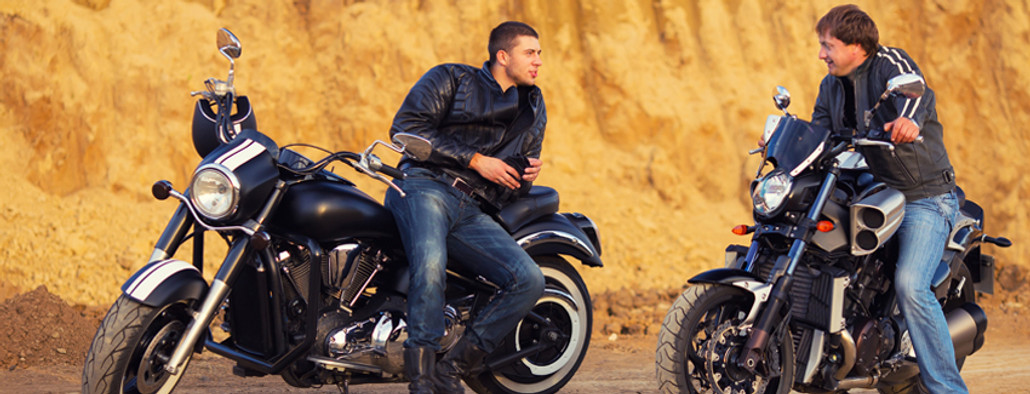Choosing a Motorcycle for the New Rider
Posted by Team Motorcycle on Sep 1st 2016
| New riders typically have a lot of questions to ask, but by far the most common one is "What is the best motorcycle for beginners?" While the answer does depend to some extent on things like the individual's personal preferences and body type, there are some simple guidelines worth following for any beginner. A lot of new riders tend to bite off more than they can chew and this can sometimes lead to accidents. Most of the time it leads to the motorcycle being neglected and not ridden-the ultimate shame of the failed motorcyclist. |
|
Start Small |
|
The golden rule that will go far to keep you out of trouble is to start with a relatively low-displacement motorcycle. Even small motorcycles are quite fast when you compare them to the average car, but they are nowhere near as forgiving. Gas it too much in a car around a turn and you might just spin out. Even if you hit something, you're strapped into a steel skeleton that protects you from damage. On a motorcycle, you're typically sliding along with your bike on the asphalt after such an error. Sloppy throttle application mid-turn on a Ninja 250R isn't going to cause you any trouble on dry pavement, but on a CBR1000RR with no traction control it will get get you into a very bad situation very quickly. Give yourself time on a smaller bike to learn the basics instinctively without having to worry about getting into those kinds of situations. You can always resell it and buy something bigger later on if that's what you end up wanting to do. If you're a larger rider, getting a larger displacement bike like a GS500 or KLR650 is okay but stay away from highly tuned inline-four sport bikes. You really don't need something that will go 80mph in first gear. |
|
Start Simple |
| Unless you have fat stacks of cash to throw around for fun, I'd advise against getting any motorcycle that is extremely high-performance or high-profile. By high-performance, I don't necessarily mean large-displacement bikes either. The 250cc class offers everything from simplistic bikes with two-valve single-cylinder engines and no suspension adjustability to 16-valve fours with more knobs and clickers than you'll know what to do with at first. I can assure you that finding, buying, and installing parts for the simpler bike is generally going to be significantly easier. Maintenance is no different. Valve clearance adjustment is a normal scheduled maintenance item on a motorcycle. Depending on which motorcycle you choose and how much you ride, it may need to be done a couple of times a year, so keep that in mind when you make your choice. While romantic and unique, the more exotic motorcycles manufactured by the likes of BMW, Ducati, and Aprilia are going to be much more expensive to have work done on. You will pay for that premium name every time you have to buy a part as well. |
| Buy Used |
| This may be the least obvious of the three, but most experienced motorcyclists agree that it's unwise to start on a brand-new motorcycle. There are invariably a lot of affordable, reliable, and fun motorcycles of all styles for sale in your area, and in fact you'll have more variety to choose from browsing online ads than a dealer showroom. Why go used? Well firstly, any new vehicle is going to lose a significant amount of value as soon as it's driven off the lot as one can no longer call it "new," so you take a hit on value there. Most people finance new vehicles, meaning that on top of that you'll be paying even more because of interest calculated on the loan. Ouch. But you know what's going to hurt the most? When you go down for the first time on your bike. No, I'm not talking about physical pain. I'm talking about what you feel when you call the dealer and find out that the pieces of plastic you just scraped and cracked up are $800 to replace. Save yourself this agony and purchase something in good mechanical condition with some minor cosmetic issues. If the bike has already got some scratches, you won't feel so bad about yours. |
| Now for some specific suggestions, broken down by category. Doing your own research is key in preparing to purchase a bike, so make sure you find out as much as you can about whichever one you're considering. Most of these bikes won't go much over 100mph, and none of them have more than 2 cylinders. |
| Sporty Standard: Ninja 250, CBR250R |
| Naked Standard: GS500 |
| Cruiser: Shadow 600 |
| Dual Sport: KLR650, DRZ400 |

